$200,000,000+ in New Pipeline from eCommerce Apps in 36 Months
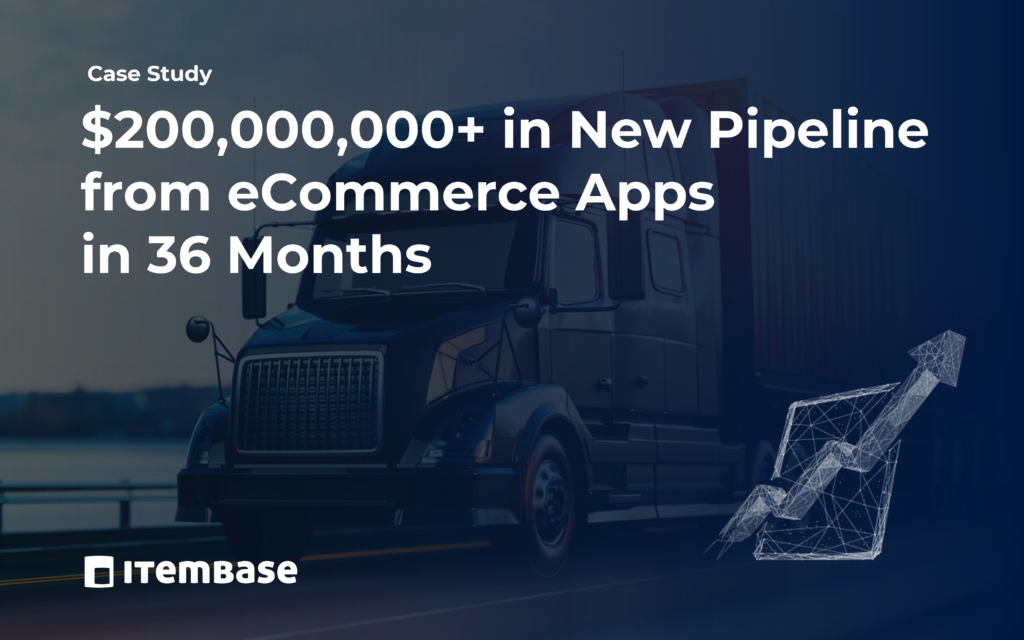
Challenge & Goal
The eCommerce transition had led to increased requests for core logistics services along pick-up point integrations and the Company decided it needed to provide pre-built integrations to enable prospect inflows to convert into customers quicker.
After running an RFP, the Company chose an outsourcing provider to develop the integrations to ensure internal IT resources were kept focused on core development projects. The provider checked all the standard boxes and hard already been used by the Client for many years. The Integration Cost was budgeted at $60,000 plus maintenance for a total of $55,000.
Five integrations were developed and went to market. Both the internal sales team and pre-selected merchants were ready to be onboarded.
After one year of operations, the business analysis team evaluated the results to create a report for the board to decide the future strategy and found the following:
- Out of thousands of merchants that had been driven to onboard by sales & marketing, only 1.3% had actually gone through the whole onboarding experience and were shipping products.
- Merchants had hundreds of new feature requests along bug reports which were captured by the sales and help desk teams, which were not trained in eCommerce integrations.
- Merchant support went through the standard help desk, which meant a delay of days and weeks to get to the provider’s technical support.
- The provider was not specialized in eCommerce integrations and lacked trained personnel to support merchants effectively.
- The efforts to fix bugs, update features and onboard merchants resulted in a total spend of close to $1,000,000 including the use of internal resources and the provider’s billed maintenance hours.
- The sales team had gradually stopped selling the solution to merchants after 8 months. Due to missing support and lack of merchant onboarding success, the business unit was not hitting its targets.
Client Background
The Client is a Fortune500 company providing multinational package delivery and supply chain management global logistics services for decades.

Itembase Background
Itembase is a leading technology company in the digital commerce industry. Its global transaction processing Integration Platform-as-a-Service (iPaaS) connects Application Providers to Brands, Merchants and Consumers on the Commerce Systems they transact on. Financial Institutions, Logistic Providers, Insurance, Accounting & Tax, Marketing and other Service and Technology Providers that provide Applications enable Brands, Merchants and Consumers through Itembase connectivity to reduce cost and increase transactions, making the commerce experience easier, more sustainable and efficient.
The Solution
The Client had to change strategy as the board decided to cut further funding for the project until a scalable model was found, which led the Company to do another RFP for an iPaaS provider.

The Result
The original budget of $115,000 was exceeded by 800% and ended up costing $1m without calculating lost revenue from poor integrations.
Request a Free Opportunity Assesment
RELATED CONTENT
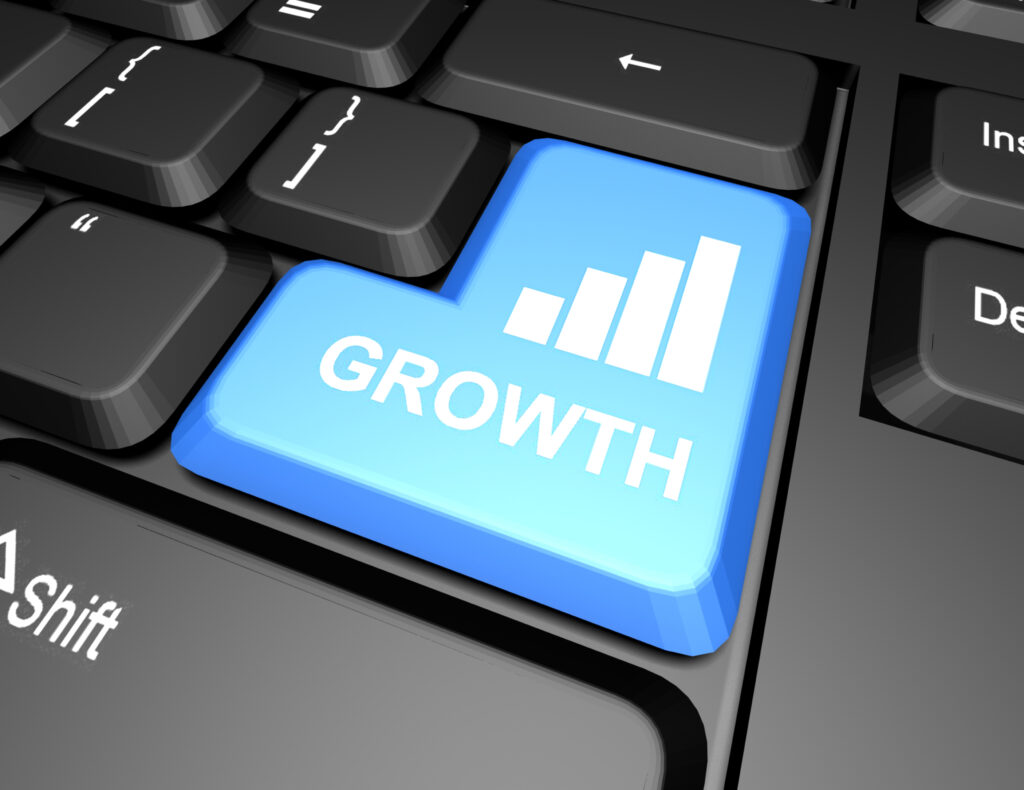
16 Powerful B2B SaaS Growth Channels
B2B Growth Channels are essential to expand your reach and get your target audience to pay attention to you. Some of these are direct channels such as and some are indirect. Integrations and APIs with other market-dominant players can help you with your own growth. Even if your core product would not require integrations to…

B2B App Marketplaces
B2B app marketplaces are rapidly gaining popularity as a customer acquisition channel for logistics providers. These marketplaces offer a range of benefits, including increased visibility, improved customer acquisition, and streamlined sales processes. Listing software on B2B app marketplaces provides SaaS providers with increased visibility, as these platforms are frequented by businesses searching for software solutions.…

A Deep Dive into SaaS Distribution Models
There are a few commonly used SaaS Marketing Channels including inbound and outbound sales forces, eCommerce self-service, and third-party app stores. There is no distribution channel that’s ideal for all SaaS companies under all conditions. Instead of thinking about a best distribution channel, it’s useful to think of marketing channel selection as a “best fit”…
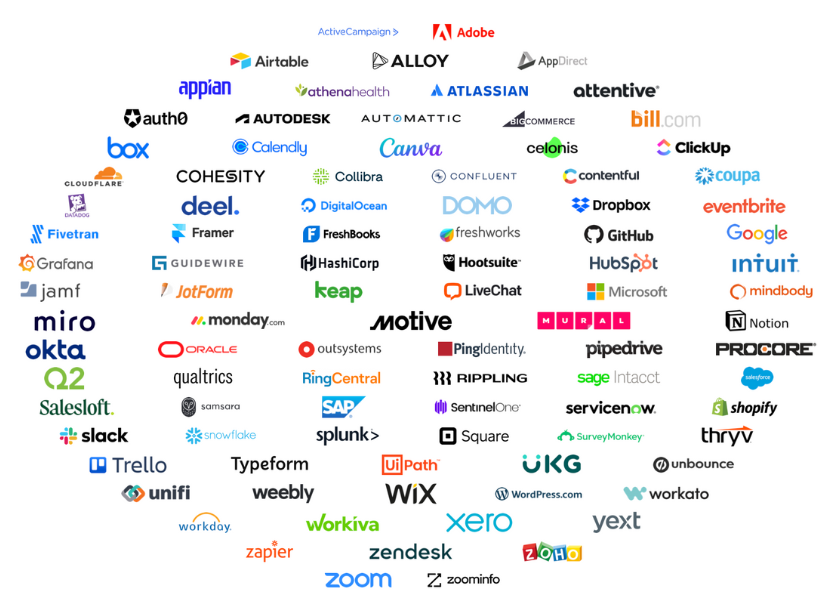
Promote your SaaS to Prospective Customers via 20 Top SaaS App Marketplaces
SaaS App Marketplaces present huge opportunities as an acquisition channel. This is because your prospective customers are already using these established SaaS platforms making it easier to get found by your ideal customer. You can also tap into getting more business by association. Since some processes are built around certain products (eg. Shopify), certain businesses…
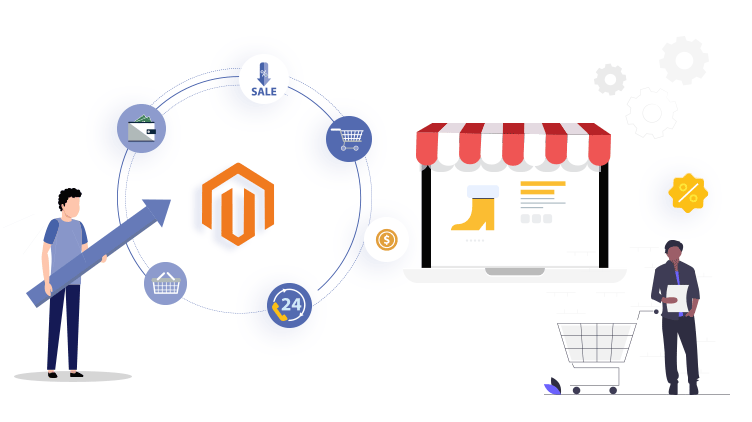
Nurturing and Building an Ecosystem around your Magento App Store Integration.
Introduction In today’s rapidly evolving eCommerce landscape, businesses are always looking for ways to differentiate themselves from the competition and deliver a superior customer experience. For many businesses, this means leveraging Magento, one of the leading eCommerce platforms on the market today. However, simply having a Magento App Store integration is not enough to ensure…
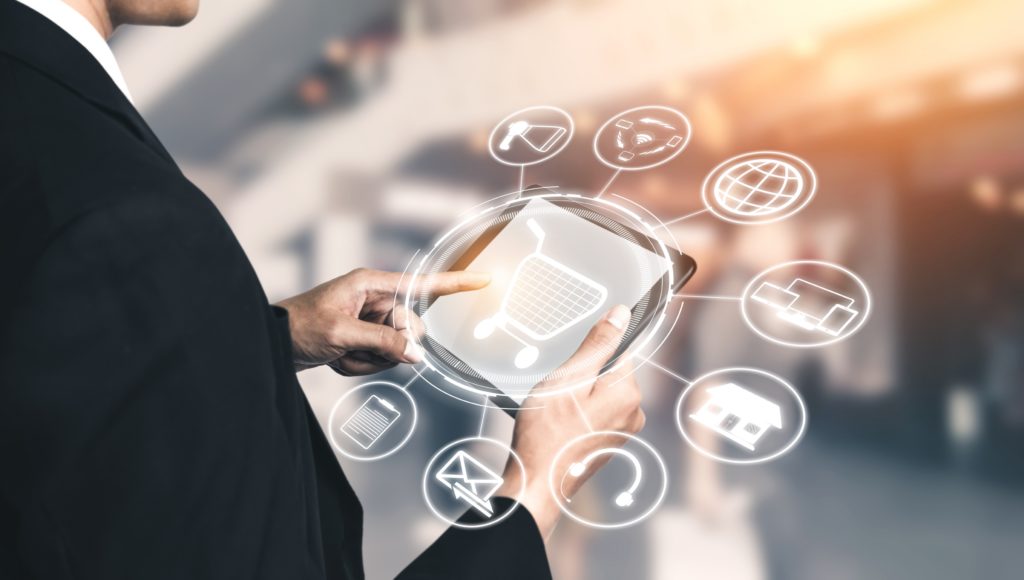
An App Store for Super Apps
The pandemic saw ten years of merchant technology adoption in three months. That has cooled a bit but there is really no going back. If you work in eCommerce, whether it be B2B or B2C, you know this statement is true. A key driver of BigCommerce’s scaling initiative is the “super app” trend, where payment…
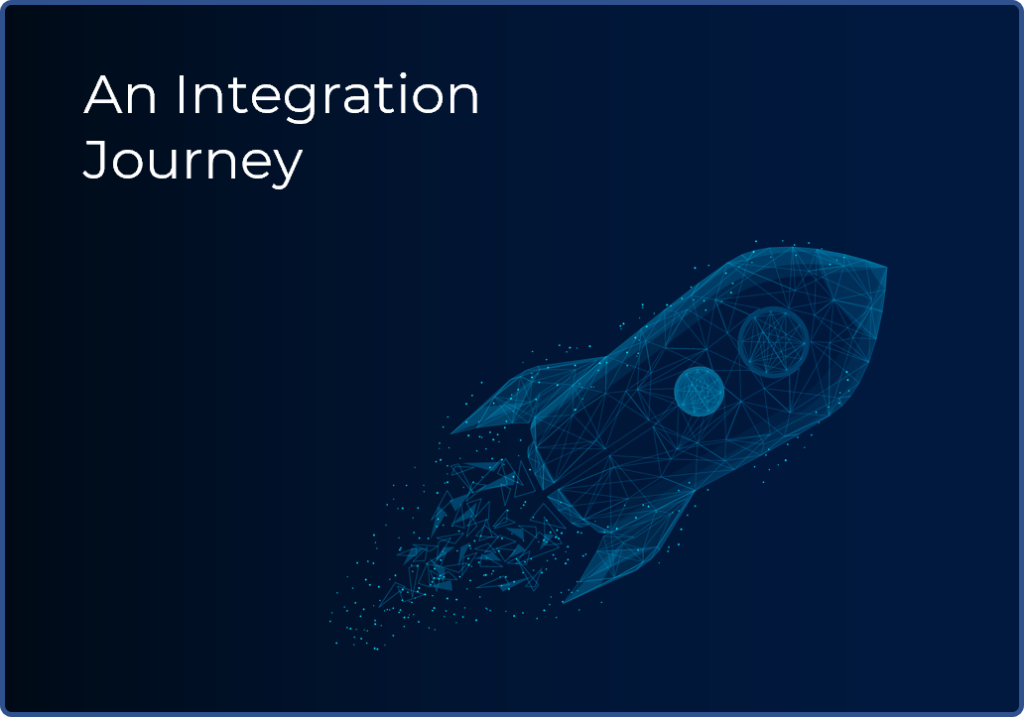
A Successful eCommerce Integration Journey in 6 Phases
After watching 100s of companies launch eCommerce Integrations and App, a pattern started to emerge. Most companies went through the same phases and many did the same mistakes or faced the same problems throughout their journey. Understand your Target Market Identify your target market and conduct market research to understand their needs and preferences. This…

The Ever-Growing Importance of Multi-Channel Sales via eCommerce Connectivity
Expanding to multi-channel sales is critical in eCommerce. Selling across different platforms results in as much as 3X the engagement as selling on a single channel. Multi-channel sales rely on synchronized data so it requires each eCommerce platform to communicate with each other in as close to real time as possible. Check out this Anchor…

Essential & Actionable B2B SaaS KPIs to Follow
We thought we’d share this blog article on 3 essential B2B SaaS KPIs to follow. For most SaaS products and services, their most significant expense is the cost of acquiring a new customer. An excellent way to reduce this expense is by channeling resources and efforts into acquisition channels with the highest return. At Itembase,…

5 Customer Acquisition Channels for B2B Apps
Check out this concise article on five principal customer acquisition channels for B2B apps. As we mentioned previously, theWinning in the B2B SaaS Market B2B SaaS market is getting more and more sophisticated and it’s not getting any easier out there. More and more apps are competing every day to attract the most traffic. If…
